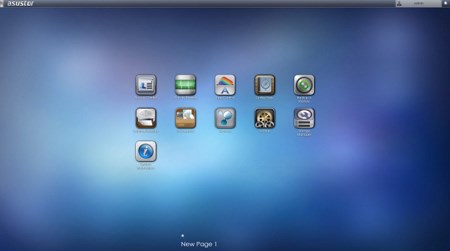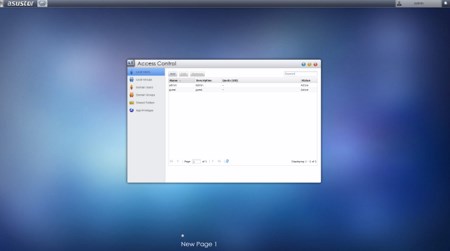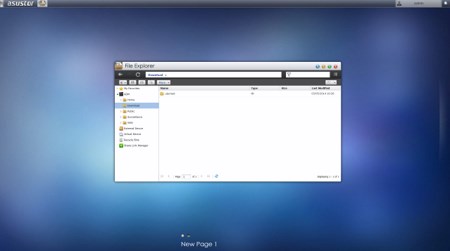WEB INTERFACE PART 1
The main screen of the ADM OS is once again populated by just the basic applications since as explained by our friends over at ASUSTOR in the past they leave it up to the consumer to install extra applications.
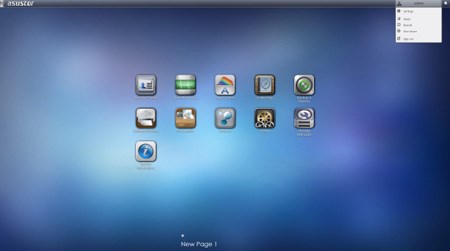
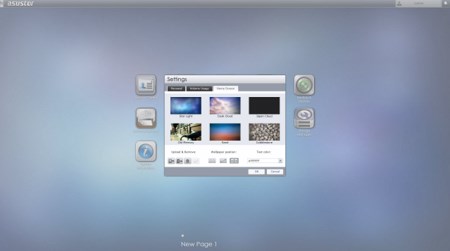
You can always conveniently sleep, restart and shutdown the server from the drop down menu on the right upper corner. From here you can also change the background of the home screen either by using the default ones or with your own.
The Access Control tab allows the consumer to can add/remove user accounts, groups, domain users, domain groups and also to create shared folders and set application privileges.
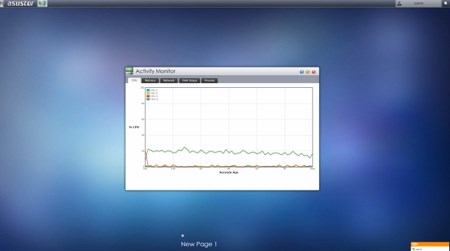
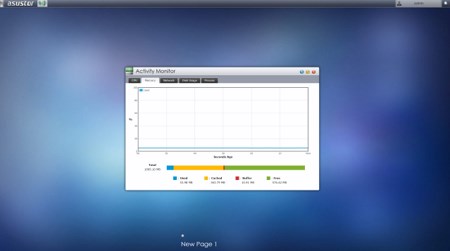
Moving to the Activity Monitor from here you can check the available space on the installed drive(s), monitor the CPU/Memory/Network utilizations and see the processes that are currently running.
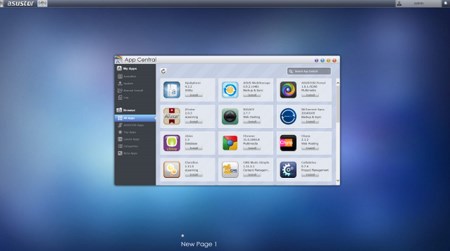
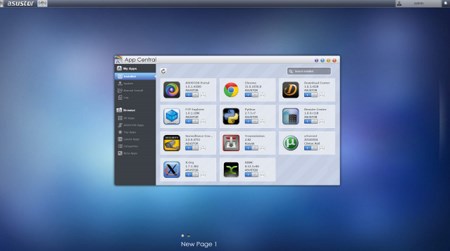
The App Central menu is where you can find countless applications (including beta ones) which you can easily download and install onto the NAS just by clicking on them (needless to say that you can also uninstall applications from here).
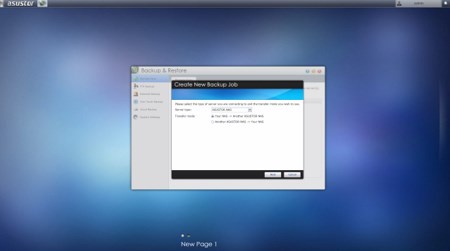
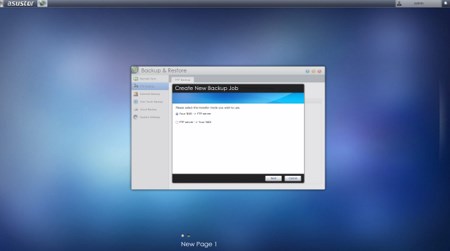
From within the Backup & Restore tab you can use remote sync options, setup FTP/External backups, configure the one touch backup (front USB port), use the cloud backup feature and also adjust the system settings.
One of the most important aspects of every NAS is the ability to transfer files to and from it and the File Explorer allows you to do exactly that with ease.
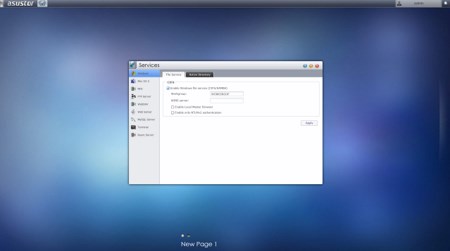
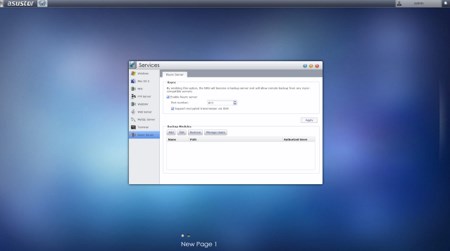
Through Services tab you can adjust several server options for Windows/Mac OSX/NFS/FTP Server/WebDAV/Web Server/MySQL Server/Terminal and Rsync use.
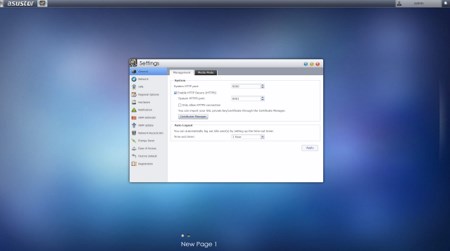
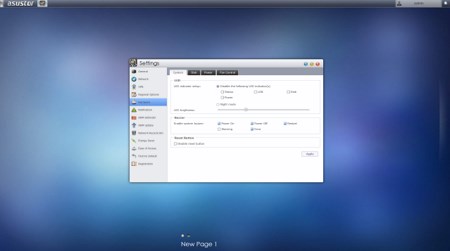
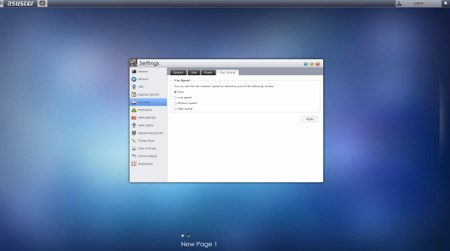
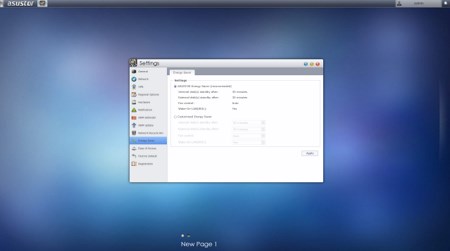
Inside the Settings tab you will find the heart of the NAS since from here you can adjust and control pretty much everything from the media mode feature (need to enable it to watch content on your TV), network settings, regional options, hardware options (LEDs/Buzzer/Fan control/Power settings), various notification options, ADM defender (firewall), ADM update (manual or automatic), network recycle bin, energy saver (drive standby mode/fan control/wake on LAN), ease of access (Cloud Connect/EZ Router/DDNS), factory default settings and product registration.

 O-Sense
O-Sense





